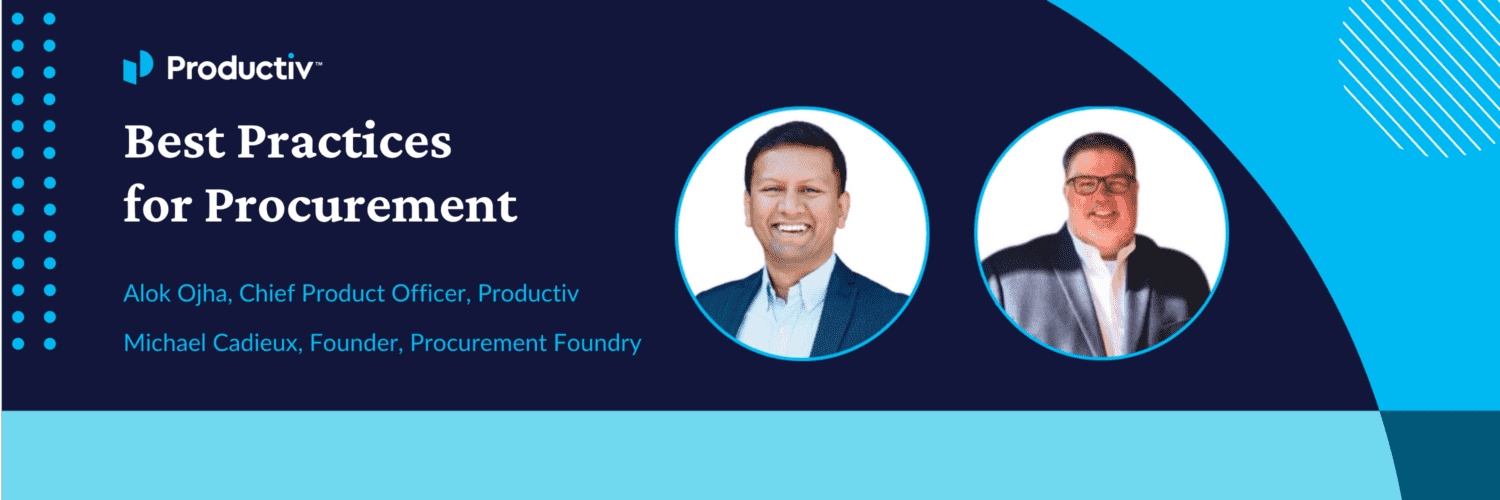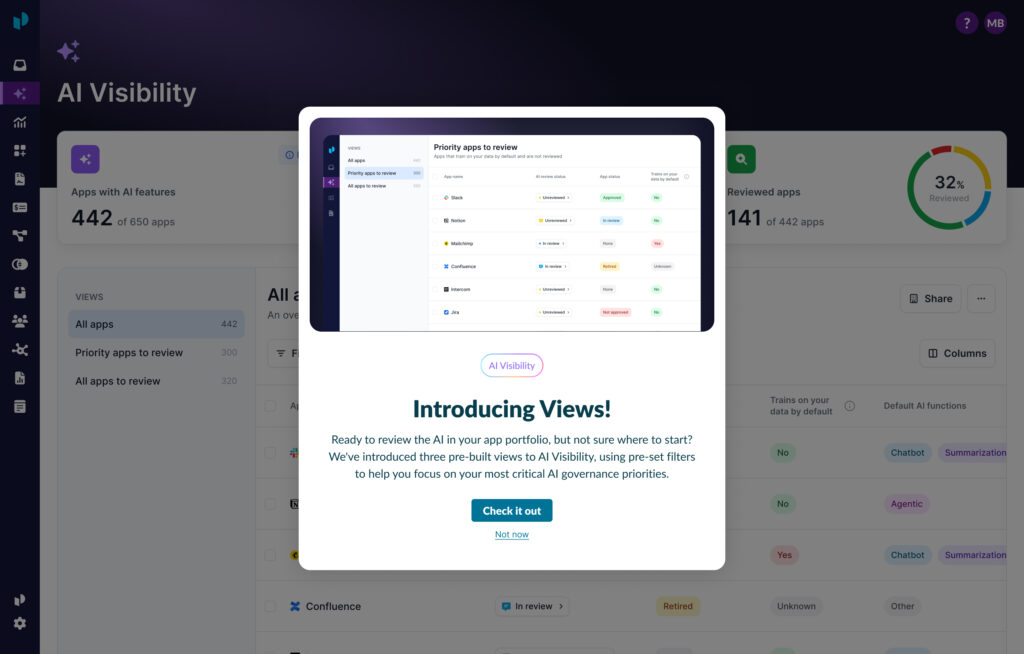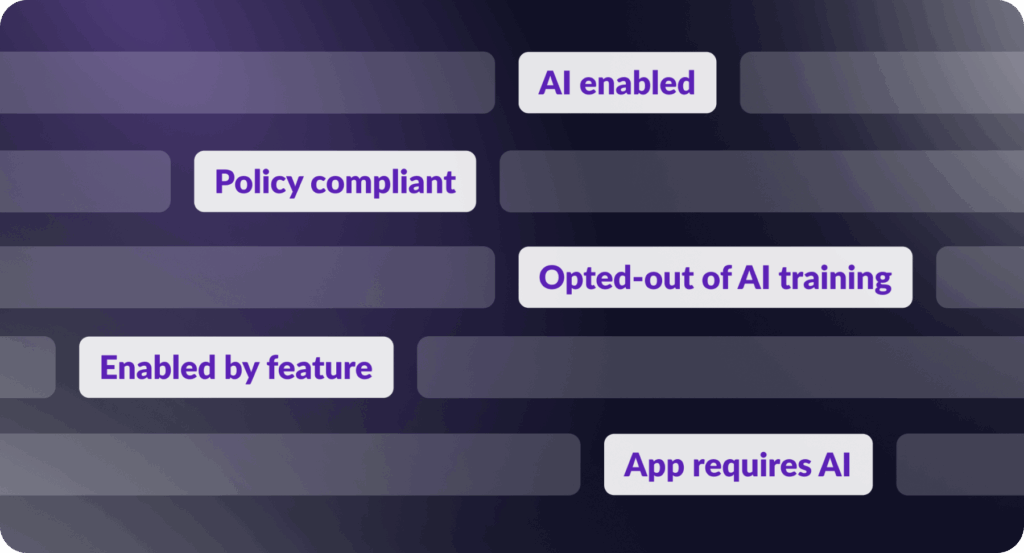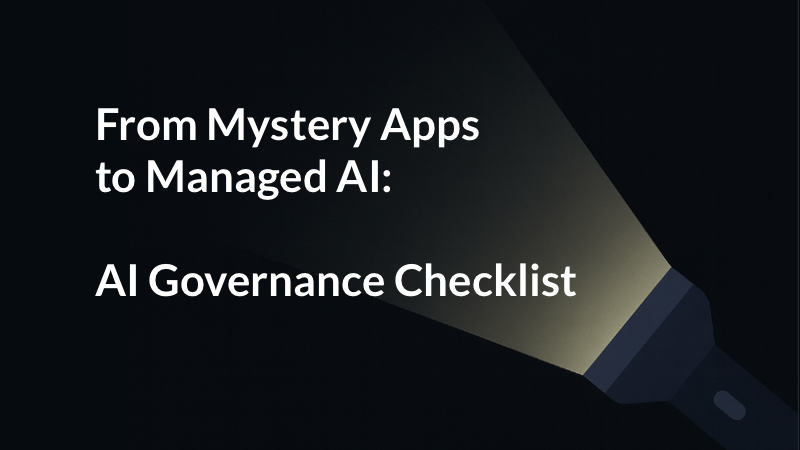
From request to requisition: Best practices for faster decisions
Alok Ojha, Chief Product Officer at Productiv, joined Michael Cadieux of Procurement Foundry to discuss how teams can rethink their procurement processes to make faster, smarter decisions. Check out some of the key takeaways below or dive into the full discussion at the end of the blog.
Highlight from the Procurement Foundry webinar
The challenges procurement faces
Procurement teams today face a number of challenges including:
- Asymmetry: The difference between the amount of information procurement professionals have and the amount of information that their suppliers have, as well as the difference between the amount of work that needs to be done and the amount of procurement resources.
- Excess and waste: With so many different vendors across the organizations, it can be difficult to determine which ones are necessary for the organization and if they are being used effectively.
- Lack of Data: Without accurate and up-to-date data, it is difficult to make informed decisions about procurement.
- Siloed systems and manual processes: Different teams use different systems across vendor lifecycle management making collaborating and decisioning more difficult.
- Disjointed business user experience: Employees don’t know which processes to follow or have difficulty using the tools they need to ask for new apps or request access.
The importance of data for contract renewals
Data is central to making informed decisions about contract renewals. It enables procurement teams to identify areas where they are overpaying for services, negotiate better terms with vendors, identify potential risks associated with contracts, and make better decisions about whether to renew or terminate contracts.
There are a number of tools and resources available to help procurement teams collect and analyze data. However, this data is often siloed or incomplete, which slows down procurement processes.
The importance of understanding your procurement team’s capabilities
It is critical to understand your team’s capabilities before investing in tools and technology. If you do not have the bandwidth to manage a complex tool, it will not be helpful.
Procurement teams should start by assessing their current processes and identifying areas where they can be improved. Once they have a good understanding of their current capabilities, they can start to look for tools and technology that can help them to automate tasks and make better decisions.
The need for a single platform across procurement processes
Procurement teams need a single platform that provides them with all the information they need to make informed decisions about contract renewals. This platform should include data on SaaS and vendor intelligence, contract management, and application usage.
Not only can a single platform help procurement teams to save time and money, it can help them ensure their saving time and cutting costs in the correct areas.
The future of procurement
The future of procurement is moving towards a more centralized and data-driven approach. Procurement teams will increasingly use technology to automate tasks and make better decisions.
They will also need to become more strategic partners with their business units. This means that procurement teams will need to be able to understand the needs of their business units and use their data and insights to help them to achieve their goals.
In addition to these key takeaways, Alok and Michael also discussed a number of other topics, including the challenges of contract renewals, the importance of stakeholder management, and the best practices for managing vendor risk. Watch the entire discussion below.
Watch the full Procurement Foundry webinar
More resources for procurement
Blog: Software Procurement Challenges and Solutions
Webinar: CIO Insights: Bring People, Processes, and Data Together to Maximize Software Investments
About Productiv:
Productiv is the IT operating system to manage your entire SaaS and AI ecosystem. It centralizes visibility into your tech stack, so CIOs and IT leaders can confidently set strategy, optimize renewals, and empower employees.





